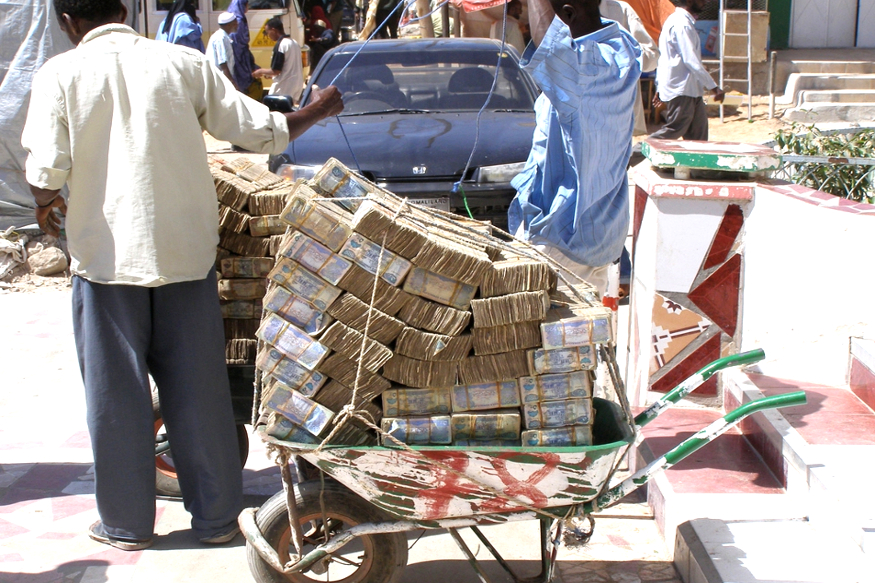

The government has, in recent weeks, cracked down on black market foreign currency trade in a bid to stop the slide in the currency’s value.Īlthough the official exchange rate of the Zimbabwe dollar is 93 to the US dollar, the local unit is trading much weaker on the unofficial market, with some rates as low as 200 to the greenback. However, the local unit has rapidly lost value since its return. Ncube brought back the local currency in 2019, ending a decade of dollarisation. Inflation is now expected to close the year in the 35 percent to 53 percent range, after the initial forecast of below 10 percent. The central bank has had to revise its year-end inflation target twice this year. relatively low inflation in several countries supported by exchange rate. The 2021 budget is worth 421.62 billion Zimbabwe dollars.Īlthough year-on-year inflation has slowed down to 51.55 percent in September from a high of 837.53 percent in July 2020, the government says inflation could quicken towards the end of the year due to rising international energy and food prices as well as a weaker local currency. Zimbabwe's index loss of 59 per cent in US dollar terms in the year made it the. “Surely, this is beyond our capacity, and more fundamentally, poses challenges from a prioritization point of view,” Ncube said, without giving any indication what plans would be dropped. However, my last count of the bids submitted by line ministries indicates resource requirements in the excess of ZWL$3 trillion,” Ncube told lawmakers at a pre-budget meeting. “The overall 2022 budget envelope is ZWL$900 billion.


 0 kommentar(er)
0 kommentar(er)
